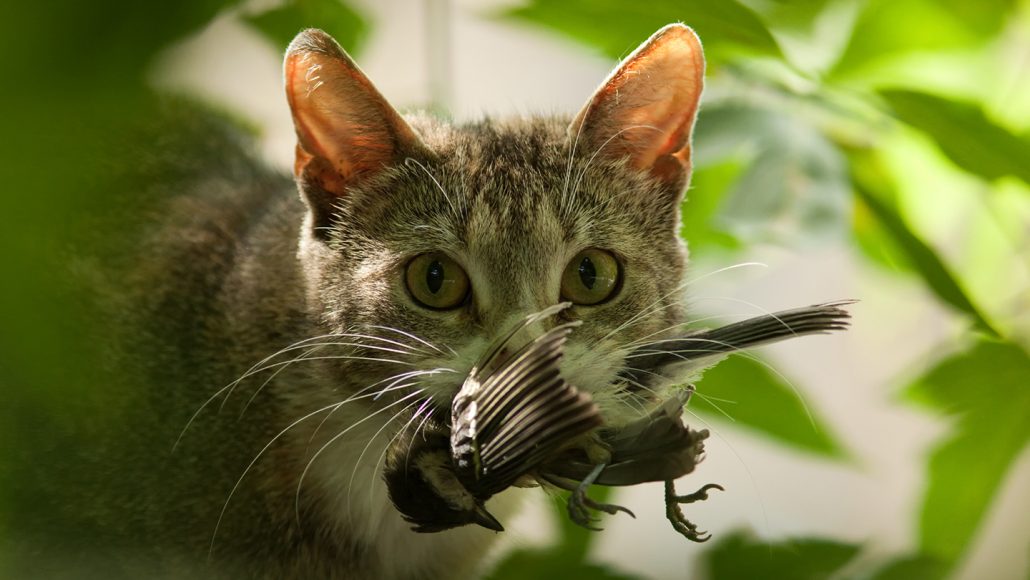What Are Some Animals That Are Invasive Species

Invasive species are organisms that are introduced into non-native environments and have a negative impact on the local ecosystem. These species can outcompete native plants and animals, disrupt natural habitats, and cause economic damage. While there are many examples of invasive species around the world, this article will focus on four animals that have become particularly problematic in various regions. Understanding the impact of these invasive species is crucial for conservation efforts and the preservation of biodiversity.
The Burmese Python in the Everglades
The Burmese python (Python bivittatus) is native to Southeast Asia but has established a thriving population in the Florida Everglades. These large constrictor snakes were likely introduced into the region through the pet trade, with some individuals escaping or being released into the wild. With no natural predators in the area, the python population has exploded, causing significant ecological damage.
These pythons are voracious predators and have been known to prey on a wide range of native wildlife, including birds, mammals, and reptiles. Their presence has led to a decline in several native species, such as raccoons, opossums, and marsh rabbits. Additionally, the pythons have been found to consume endangered species like the Key Largo woodrat and the Wood Stork.
Efforts to control the Burmese python population have proven challenging. The snakes are highly adaptable and can thrive in a variety of habitats. Trapping and removal programs have been implemented, but their effectiveness is limited due to the vastness of the Everglades and the elusive nature of these snakes. The presence of this invasive species continues to pose a significant threat to the delicate balance of this unique ecosystem.
The European Starling in North America
The European starling (Sturnus vulgaris) is a small, highly adaptable bird that was introduced to North America in the late 19th century. Originally brought over by well-meaning individuals who wanted to introduce all the birds mentioned in Shakespeare’s works to the New World, the starling population quickly exploded. Today, they are one of the most widespread and abundant bird species in North America.
While the European starling may seem harmless, its impact on native bird populations is significant. These aggressive birds compete with native species for nesting sites and food resources. They often outcompete native cavity-nesting birds such as bluebirds and woodpeckers, leading to a decline in their populations. Additionally, starlings are known to consume large quantities of agricultural crops, causing economic losses for farmers.
Controlling the European starling population is challenging due to their adaptability and ability to thrive in various habitats. Efforts have been made to deter them from nesting sites and reduce their numbers through trapping and culling programs. However, their resilience and ability to reproduce quickly make it difficult to eradicate them completely.
The Cane Toad in Australia
The cane toad (Rhinella marina), native to Central and South America, was introduced to Australia in the 1930s as a means of controlling agricultural pests. Unfortunately, this introduction has had disastrous consequences for Australian wildlife. The cane toad is highly toxic and has few natural predators in Australia, allowing its population to spread rapidly.
The toxic skin secretions of the cane toad pose a significant threat to native predators that attempt to consume them. Many Australian reptiles, mammals, and birds have suffered population declines or even local extinctions as a result of ingesting these toxic toads. Furthermore, the cane toads compete with native amphibians for resources and can transmit diseases to them.
Efforts to control the cane toad population have been challenging. The toads are prolific breeders and have spread across vast areas of Australia. Various methods, including physical barriers, trapping, and even biological control using a toad-specific virus, have been attempted. However, eradicating this invasive species completely remains a significant challenge.
The Lionfish in the Atlantic Ocean
The lionfish (Pterois volitans) is a strikingly beautiful fish native to the Indo-Pacific region. However, it has become a highly invasive species in the Atlantic Ocean. It is believed that lionfish were introduced into the Atlantic through the aquarium trade, with some individuals being released or escaping into the wild. Their ability to reproduce rapidly and their lack of natural predators have allowed them to establish populations throughout the Caribbean and along the eastern coast of the United States.
The presence of lionfish poses a significant threat to native fish populations and coral reef ecosystems. Lionfish are voracious predators and can consume a wide variety of prey, including juvenile fish and invertebrates. Their predatory behavior disrupts the delicate balance of coral reef ecosystems, leading to declines in native fish populations and altering the structure of these habitats.
Efforts to control the lionfish population have focused on encouraging targeted fishing and removal programs. Lionfish derbies, where divers compete to catch as many lionfish as possible, have been organized to help reduce their numbers. Additionally, promoting lionfish consumption as a sustainable seafood option has been encouraged to create market demand and incentivize fishing efforts.
Conclusion:
Invasive species pose a significant threat to ecosystems around the world. The examples discussed in this article highlight the diverse range of animals that can become invasive and the challenges associated with controlling their populations. Efforts to prevent the introduction of invasive species and manage existing populations are crucial for preserving biodiversity and maintaining the delicate balance of ecosystems. Continued research, public awareness, and effective management strategies are essential in mitigating the impact of these invasive species on our environment.






